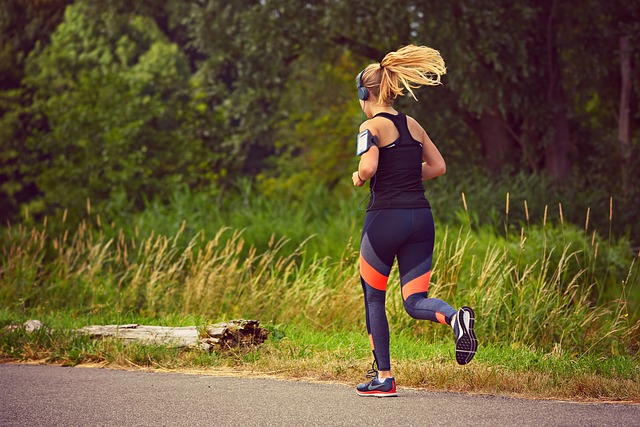It’s not uncommon for people to return to normal training post-marathon, feeling sluggish and as though they’ve forgotten how to run faster paces. The reasons for this I’ll largely leave for another time, but how can you kickstart your post-marathon speed recovery? Let’s find out.
Immediate marathon recovery
No, this isn’t a miracle cure like one of Super Mario’s mushrooms to make you feel strong again, what I mean here is that the immediate actions you take post-marathon will play a big role in how quickly you can get back to normality.
Eating a meal with around 30-35g of protein, as well as a lot of carbohydrates, will help replenish muscle stores of glycogen (stored carbohydrates) faster than carbohydrates alone. This means better energy levels and faster recovery of muscle damage vs. following the typical format of eating mostly fat and carbs for the next 24hrs after a marathon.
Back to training
This better nutrition allows you to get back to some form of movement much faster. I always walk a couple of miles later in the day after a marathon or ultramarathon. The more you sit about, the worse the stiffness feels and the less inclined you’ll be to move.
A rest day isn’t a bad idea, making Tuesday your next active day if you ran on Sunday. You don’t have to rest completely, you can still go for another walk or a gentle cycle ride the day after your race. By Tuesday you’ll likely still be fairly sore, so another walk or a cycle ride would be helpful, and by Thursday you’ll probably still be tired but with only a little soreness, or maybe none at all. Now it’s time to run.
Back to running
With a 2-3 week taper, plus up to 2 weeks off running completely after the marathon as some people do, it’s no wonder they feel sluggish. 4-5 weeks of low training volume and intensity with one massive effort thrown in will do that to you.
My advice is to get back to running a bit sooner, ideally towards the end of week 1, provided you have no severe aches or pains. It shouldn’t be intense overall or very long in distance/time, but adding in a few short bursts of speed can get you used to the feeling of running faster, without the pressure of holding that pace for very long. A Fartlek interval session is perfect for this, or you can run 3-4 rounds of 200-400m at your previous 10k pace/effort in an otherwise steady run.
By the end of week two, you should be looking at adding a little more length to the intervals, and beginning to increase mileage. Next is the big step. Test run. At the start of the 3rd week after your marathon, if everything is feeling ok, run a 10k at as close to a full effort as you feel happy to. Now you know where your fitness levels are, and where to begin setting your training plan. It’s not uncommon for the 10k to be close to your fastest ever, or an unofficial PB, you just need a reminder of what it feels like after several easier weeks.
Focus on better post-marathon recovery, get up to speed for short distances, test run, then plough on. You’ll be up to pace in no time at all.
Written by Kyle Brooks, Running Coach based in Norwich, Norfolk

